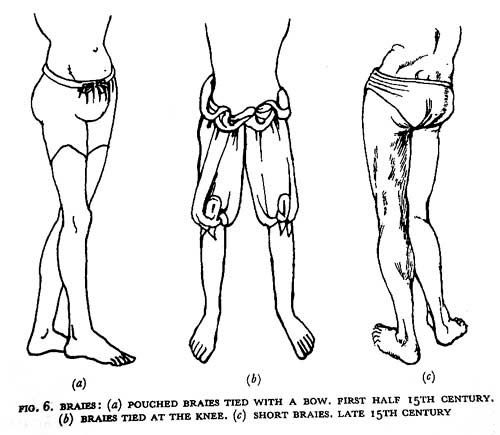
The idea was to take a long strip of cloth, run it between the legs,
then tie it off at the waist. There are some interesting twists and
tucks involved and the results can vary greatly with the same piece of
fabric.
So, starting from the Medieval period (yes, we’re going European) the
most similar item of undergarment would be the braies. These were pants
of varying length and shape worn under a long tunic. They tended to
have laces or strings tied around the waist to hold them up, and could
be argued to be pants as much as undies.
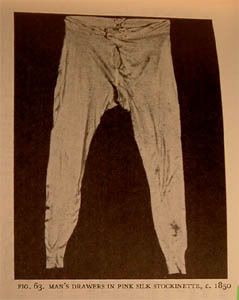
By the Georgian period braies had given way to drawers, which could come in short, or “small clothes” which were a little longer, or long forms, depending on what was to be worn over the top.
About the time the industrial revolution got off the ground, the union suit became a common form of underwear. The union suit, more commonly known as long johns, acted as a second skin. They were generally knitted as one piced, had a drop flap in back, and were worn by both men and women. In 1910 they were split into top and bottom parts.
The Jock strap came along in 1874, and was originally intended as a device to comfort men riding bicycles over the cobblestone streets of Boston.
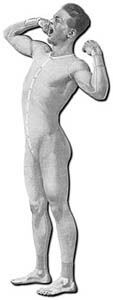
The 1930′s brought about the invention of what we would consider modern underwear. The jockey, the boxer, and a plethora of designs long since discarded came about then. The greatest innovation? Elastic waistbands.
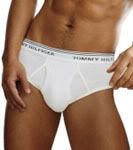
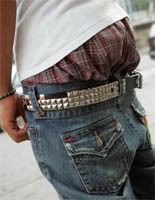

Now if we can only get our kids to stop showing them off.
No comments:
Post a Comment